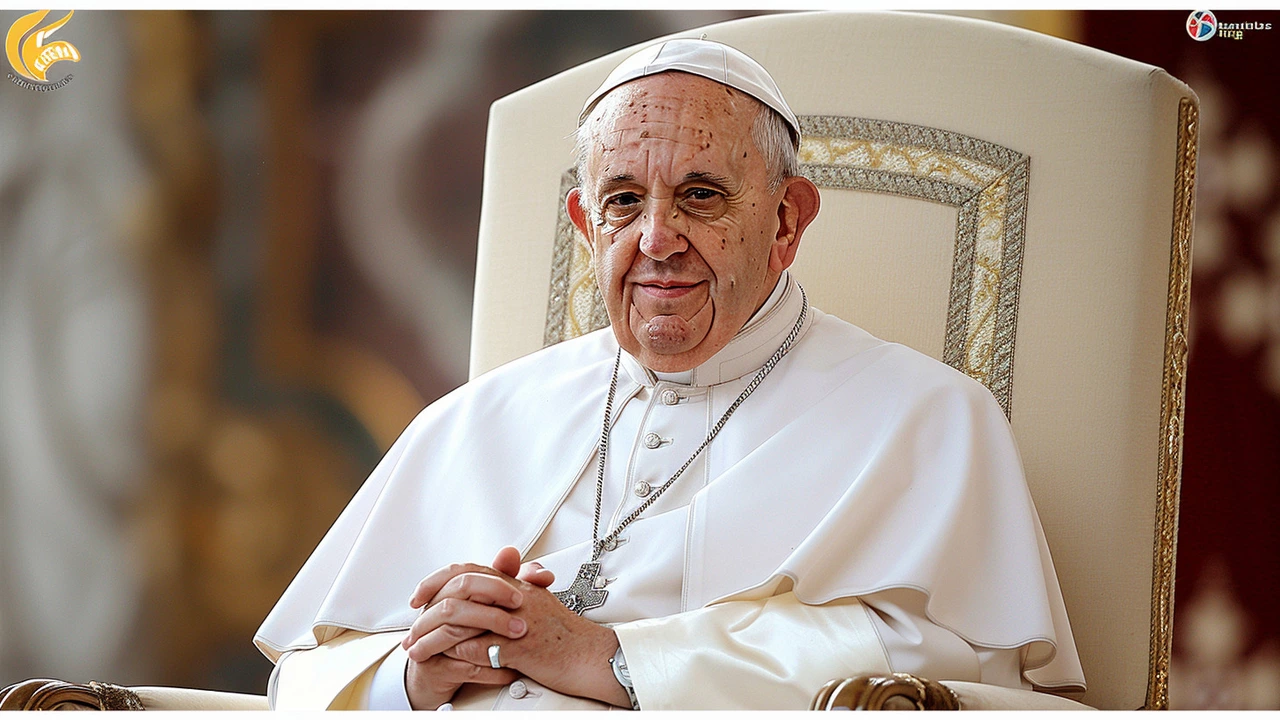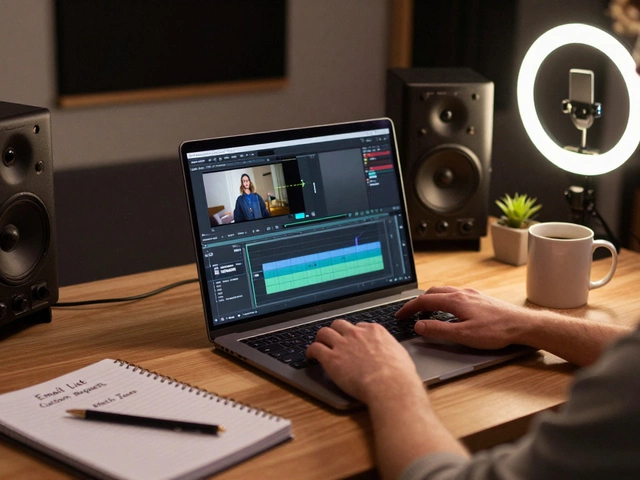Apology in Motorsports: Why It Matters and How It Affects Fans
When a driver clips another car or says something controversial, the first thing you hear is “I’m sorry.” A quick apology can calm a heated situation and save a reputation. In racing, words travel fast, and a sincere sorry often does more good than a fancy excuse.
Common Situations That Trigger Apologies
Most apologies in motorsport happen after on‑track incidents. A sudden brake, a mis‑judged overtaking move, or a contact that drops a competitor out of a race usually prompts a post‑race interview where the driver offers an apology. Off the track, social media slip‑ups, contract disputes, or even a poorly timed comment about a teammate can lead to public remorse.
Fans love drama, but they also respect accountability. When a popular driver apologizes after a crash that injures another racer, the apology shows they care about safety, not just points. This kind of honesty often turns a potential backlash into a supportive crowd.
How an Apology Can Change Your Reputation
A genuine apology does more than just say “sorry.” It can repair a broken trust, keep sponsors happy, and even boost a driver’s marketability. Sponsors don’t want to be linked to controversy, so a well‑crafted apology can keep the partnership intact.
Conversely, a vague or insincere apology can damage a career. Saying “It was a racing incident” without owning up may look like a dodge. The motorsport community values humility; missing the chance to admit fault can lead to social media flame wars and a loss of fan loyalty.
Teams also use apologies strategically. After a penalty, a team principal might release a statement apologizing to officials and rivals, showing respect for the sport’s rules. This approach often softens the impact of the penalty and keeps the team’s image clean.
For newer drivers, learning how to apologize correctly is part of professional development. It’s not just about the words—body language, timing, and the platform matter. A face‑to‑face interview on race day, a concise tweet after a mistake, or a video message can each be effective if they feel authentic.
Fans remember the best apologies. Think of when Lewis Hamilton publicly apologized after a collision, or when a NASCAR driver posted a heartfelt video after a dangerous crash. Those moments stick in fans’ minds and often become part of a driver’s legacy.
In short, an apology in motorsports is a tool for damage control, reputation building, and fan engagement. It’s not a sign of weakness; it’s a sign of professionalism. Whether you’re a seasoned champion or a rookie, knowing when and how to say sorry can keep your career on the fast lane.
Here are three quick tips: keep it brief, own the mistake, and outline how you’ll avoid it next time. Stick to those and you’ll turn a slip‑up into a chance to show character.

Pope Francis Publicly Apologizes for Alleged Derogatory Remark Toward Gay Men
by Davion Strider / 29 May 2024Pope Francis has expressed regret after allegedly using an offensive term towards gay men during a private meeting with the Italian Bishops' Conference. The Vatican issued a statement conveying his apology and his intention was not to offend anyone. This incident has drawn significant attention and discussion on the inclusion and respect for the LGBTQ+ community within the church.


